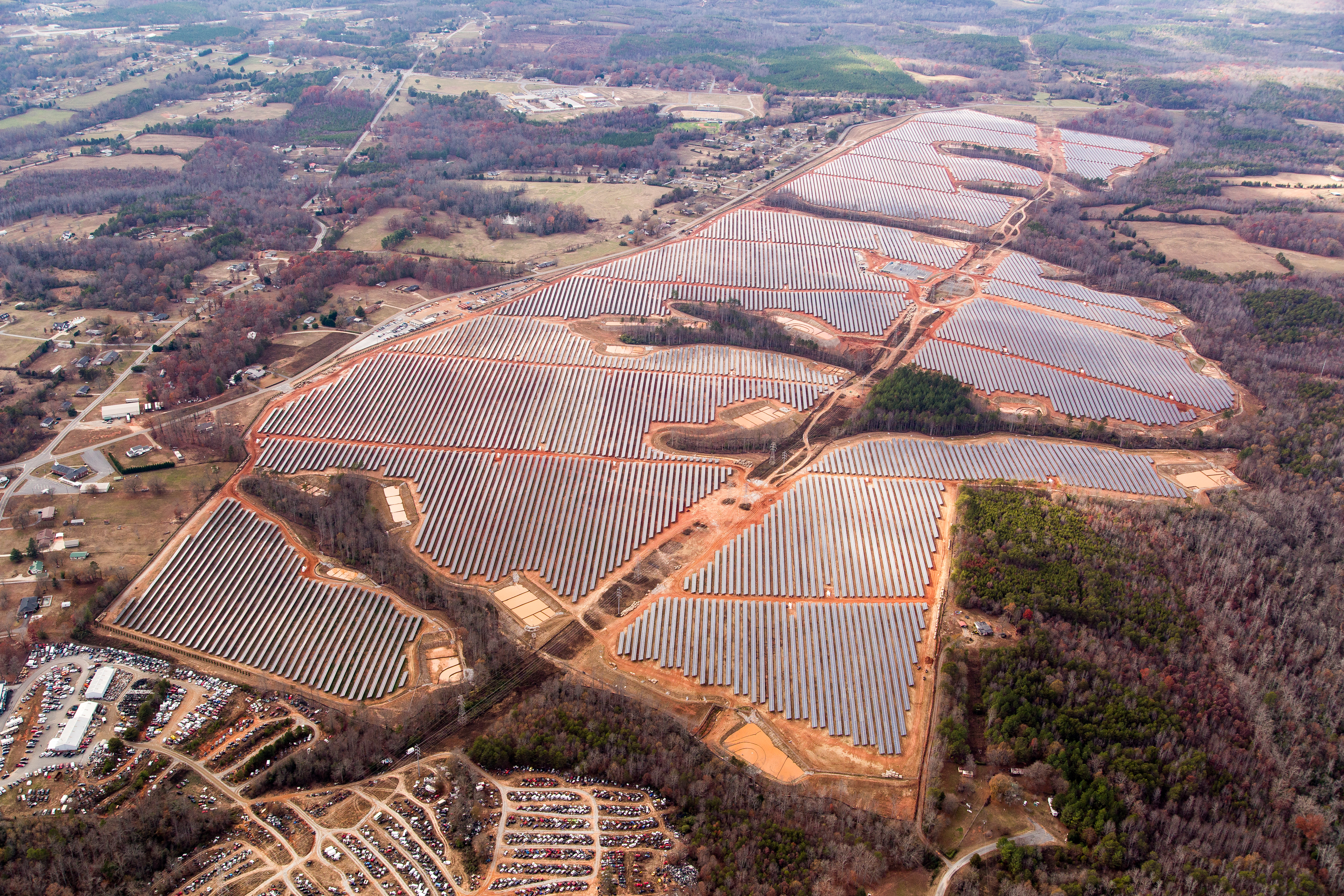21 Aug 2018
Read our article on Renewables + magazine

Sometimes the greatest opportunities come in small sizes. As one of the largest providers of solar energy in the US, we can say that the greatest opportunities for exploiting the potential of solar energy lie in relatively small-scale local solar projects. We call ourselves “leaders in local solar” because our 6GW+ of solar capacity is primarily in operation and planned at a local level.
There are many benefits to local solar projects, particularly in the US. One challenge faced by all renewable energy providers is political uncertainty, which makes it difficult to plan ahead and make large, long-term investments. However, while this uncertainty exists at a federal level, at the state level there is a strong will to invest in renewables. Connecticut has recently passed a renewable portfolio standard, for example, while Oregon is considering community solar programmes. Community initiatives that allow individual households to subscribe to a solar farm and thereby lower their energy bills are increasingly popular. So by keeping our solar projects local, we can avoid many of the risks of federal political uncertainty and rely on the forward-thinking policies of local states.
The biggest benefits of local solar projects are enjoyed by the communities themselves. Where possible, we locate our solar farms near electrical substations, which then helps minimise upgrades on the electrical grid. This reduces transmission costs and keeps electricity in the area where it is generated, bringing significant efficiencies and making solar more economically interesting for the consumer. Indeed, our aim is to produce clean solar energy at or below market costs.
Each solar project brings jobs to the local area and we invest heavily in workforce development initiatives to help upgrade the skills of local workers. The skills needed for solar projects are different from those of regular construction workers. That’s why we directly fund solar energy training programmes through local community colleges, such as our recent $20,000 grant to Mott Community College in Michigan. Having experienced labour shortages several times in North Carolina in the past, we know that we need to invest early and upfront to get the skilled labour that solar projects need.
Local solar initiatives also benefit from scalability. We are in 15 US states so far and our farms can easily be deployed throughout the country. Of course, we need to adapt our projects to local requirements. Each grid is different and every state has different rules. Projects can have different design requirements. The level of understanding of solar by utility companies varies as well. To deploy new projects in new areas, we really need a thorough understanding of local regulations, expectations and market players. RINA helps us talk to the planners and clarify all these state-specific issues, ensuring a smoother entry.

Our fast growth and the success of new deployments rely on having flexible, expert partners who always deliver what we need, no matter what it takes. RINA is a partner with whom we have a strong relationship of trust. RINA has acted as our technical consultant and engineer for permitting, helping us with civil design and presenting at planning meetings. There are further challenges ahead. In the US at least, large solar farms (over around 80MW) are subject to more regulations, so larger projects bring compliance issues for which we will need support.
The declining cost of solar technologies has made solar energy increasingly competitive. As load growth increases, so will energy prices. The cost of solar will only continue to fall and create new opportunities. So the future is really bright. I lead the Development Team at Cypress Creek Renewables, which is responsible for moving projects from site control to shovel- and project finance-ready. Like the solar industry itself, my career in solar started small, by installing modules on rooftops for $10 an hour in 2009. So it’s immensely satisfying to see our industry, company, colleagues, workers, partners, local investors and competitors provide clean energy on the GW scale to the United States and help bring the cost of clean energy down.
Those of us who work in the solar energy industry share common values and a common vision and this unites us. Our vision is to do well while doing good. In the past, these two concepts often worked against each other. But by helping to bring clean renewable energy to a growing global population, we in the solar industry can do both and know that we are making a difference both for the families that we support, and humanity as a whole.


